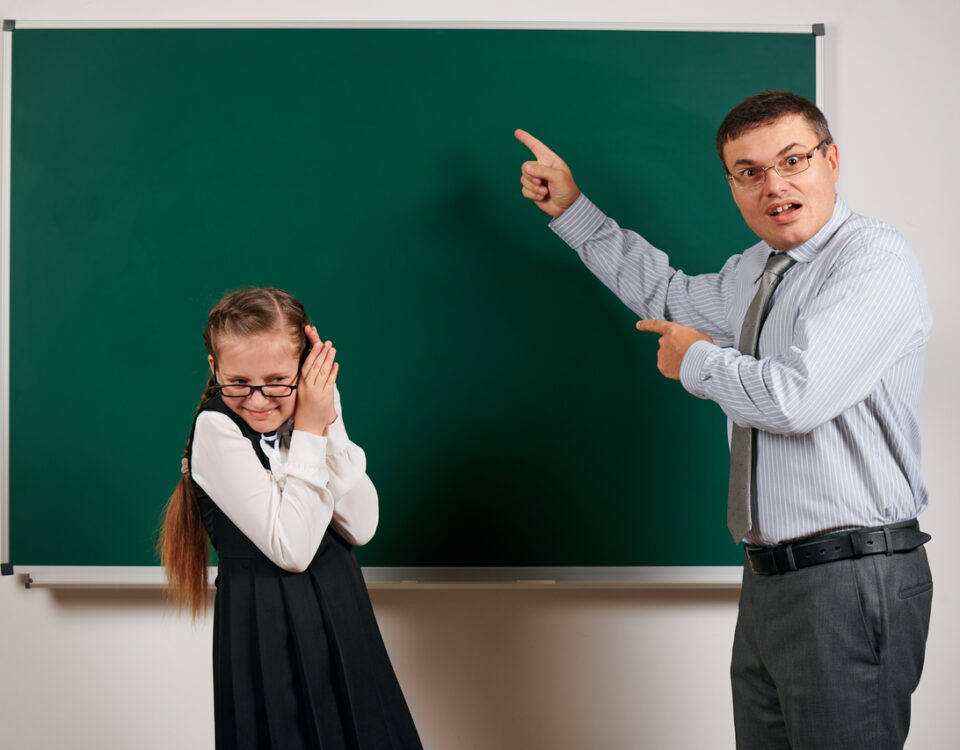Schooling Through a Screen: Considerations for Future Virtual Classes

Public Official Code of Ethics Rules
May 25, 2020
Virtual Counseling in the Age of COVID-19
June 15, 2020Schooling Through a Screen: Considerations for Future Virtual Classes
The spread of COVID-19 has caused school closures across the country for a yet-to-be-determined time. For now, school districts are looking to return this coming fall, but more than likely in a whole new way: virtual classes, or at least partially virtual classes.
Teachers are trying to find new ways to adapt to online learning and teaching online classes to support students from afar. And while online schooling programs aren’t a new concept, the push to go either partially digital or fully digital has forced itself into our country’s education system.
Tips for “Virtual Classrooms” and Schools Transitioning to Online Learning
With that in mind, it’s important for educators and school systems to quickly adapt to this new normal and find effective ways to help their students and their families stay supported and productive moving into a new year.
Here are some tips that can help educators create a sustainable and engaging distance learning experience for their students.
Keep It Simple
A major challenge that teachers have while operating online learning is that they and their students are no longer in the same room to collectively clear up any misconceptions. Instead, the large amount of learning time is going to be driven by tasks that require a high amount of self-direction and learning.
As a result, keeping it simple is crucial for teachers. It is important to design online learning experiences that have very clear instructions and use only one or two simple resources. It’s also helpful to provide resources like readings as PDFs that students can get access to at any given time. It should be noted, however, that simple structures can still require attention to detail and hard work. Tasks with few instructions usually lead to students figuring out what to do within defined parameters. Distance learning should inspire teachers to think about how they can be more efficient and more concise with their teaching and delivering new information.
Have a Digital Home Base
Teachers need a single digital platform that their students can always visit for the most updated information and resources. It can be tempting to use edtech apps, especially since most are offering free services to districts at this point in time. But keeping it simple and sticking with the same platform can add familiarity to students’ daily learning.
What’s more, if attendance posed a challenge before, it is more than likely posing a bigger challenge with virtual classes. So, students need to have a place to go when they are feeling out of touch with their peers, educationally speaking. Students are going to need to take control of their own learning to a certain degree while being taught from home. A teacher’s goal should be to create a clear outline that allows their students to do just that.
Have Individual Touchpoints with Students
What students are missing the most while learning from home is the connection they have with their peers. This human connection is cultivated in their classroom at an important time in their lives. From playing on the playground to working on projects in class together, this kind of interaction is not being met while students are studying from home.
Teachers can create touchpoints through different mediums, such as emails, video messages, phone calls, and messages through a learning management system. A teacher should inspire their students to stay connected with each other and make their own touchpoints by having discussions with them and their parent(s) to keep them informed and updated on their performance.
Student-Driven Assignments
When designing distance learning experiences, utilizing efficiency is key. Planning may require more time and require a higher level of attention to detail but will pay off with more interaction and focus from students. To effectively manage time and effort, teachers will want to prioritize more student-driven assignments and tasks that allow for more time to plan future units.
Teachers should focus on building toward long-term projects where students have more autonomy and a concise set of checkpoints and deadlines that need to be hit. When at all possible, teachers should create opportunities for students to discuss what they’re working on and learning with their families.
About PGUI
Professional Governmental Underwriters, Inc., is a full-service risk management company dedicated to assisting public, educational and non-profit entities in the management of their professional liability exposures including educators’ liability insurance. We are dedicated to providing state-of-the-art professional underwriting management and loss control advisory services on behalf of our designated carriers. For more information, call us toll-free at (800) 586-6502.


